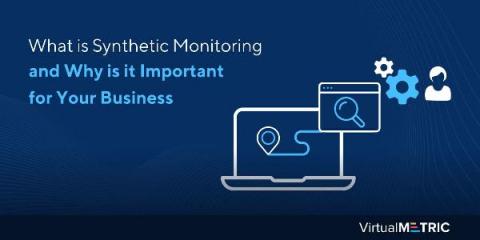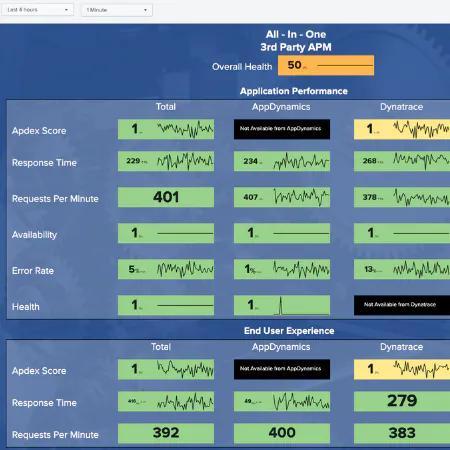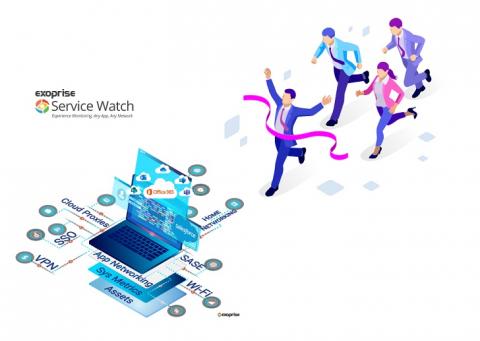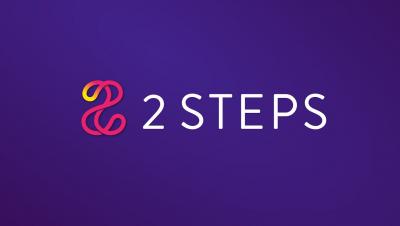Operations | Monitoring | ITSM | DevOps | Cloud
Synthetics
Exoprise Addresses Application Network Visibility Gap with Latest Digital Experience Monitoring Solution
What is Synthetic Monitoring and Why is it Important for Your Business
As a business, whichever industry you are in, there is a fair chance that you depend upon online assets such as mobile applications or API’s for conducting operations. Assuming that one wants to ensure their availability, correct functioning and quick response at all times, it is important to use synthetic monitoring for better customer experience.
Facilitate DevOps Monitoring with Synthetics and RUM
DevOps is a common name in the technology household. Teams, small or big, are embracing this concept to deliver applications faster, improve software quality, and add efficiency in the development process from the very beginning. Shortening the feedback loop leads to a cost-effective way for businesses to find and fix defects earlier in the cycle process. Plus, it lowers the software failure rate in production and minimizes time wastage for the development team.
The Best Things Come in Content Packs: Synthetic Managing and Third-Party APM
We recently announced the new Splunk App for Content Packs, your single source for all the goodness that is content packs. This new app makes it easier than ever to get started with Splunk for IT use cases. Individual content packs come with prepackaged content and out-of-the-box searches and dashboards, helping streamline workflows and ensuring you get the most out of your usage with Splunk IT Service Intelligence (ITSI) and Splunk IT Essentials Work (ITE Work).
Synthetic Transactions and Monitoring in Testing
Monitoring is a must-have for any serious application. You can’t hope to run a highly available system if you don’t have real-time information about its state. In this day and age, it’s almost negligent to forsake this cross-functional requirement. Monitoring has many facets that can be covered by using slightly different tools. Some of these tools focus specifically on technical aspects. One example is the state of the infrastructure or the errors observed in a microservice.
Why Exoprise Beats the Competition
Digital Experience Monitoring (DEM) solutions like those from Exoprise monitor SaaS and custom web applications behind the firewall or cloud to deliver optimal performance to end-users. In a survey done by Forrester, 51% of technology teams and individuals are now objectively managed on providing the right technology to improve and manage the end-user experience. While the onset of COVID may have led companies to restructure a year ago, the same companies are now presented with new challenges to support a hybrid workforce and retain the best employees.
2 Steps in 60 seconds
Test internal applications with Datadog's testing tunnel and private locations
As part of your monitoring and testing strategy, you may run tests on different types of applications that are not publicly available—from local versions of production-level websites to internal applications that directly support your employees. Testing each one requires leveraging tools that allow you to verify functionality across a wide range of devices, browsers, and workflows while maintaining a secure environment.











